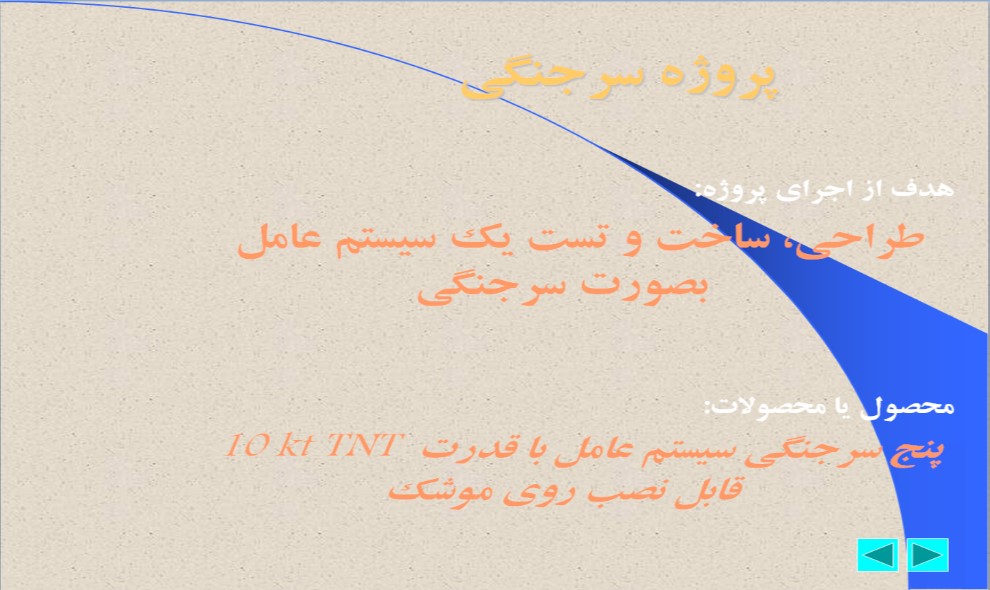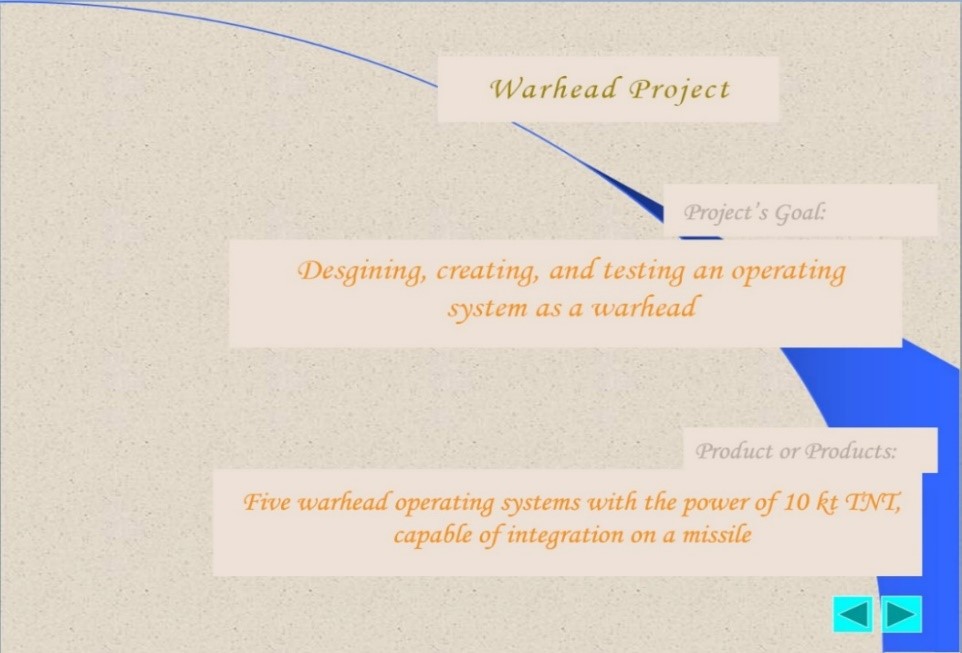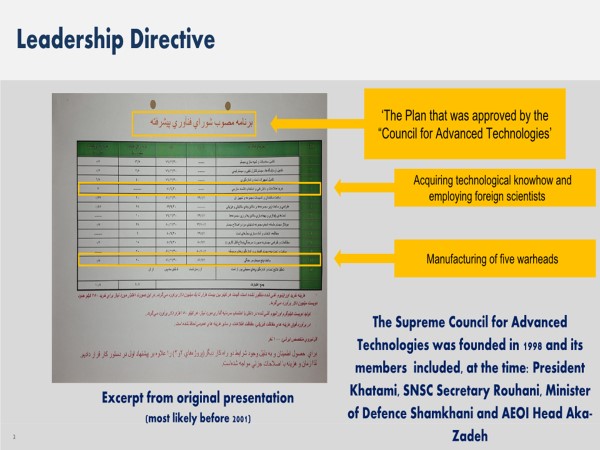Reports
Summary of Report: The Plan: Iran’s Nuclear Archive Shows It Planned to Build Five Nuclear Weapons by mid-2003 [1]
by David Albright, Olli Heinonen, and Andrea Stricker
March 6, 2019
The Nuclear Archive documents show that Iran planned in the late 1990s and early 2000s to manufacture five nuclear warheads at 10 kilotons each – Iran achieved much more than feasibility and scientific studies, which was in December 2015 the assessment of the International Atomic Energy Agency (IAEA).
Iran’s infrastructure plan would have facilitated the production of more than five nuclear weapons; the goal of producing five should be viewed as an initial one.
It had a well-developed endeavor to be prepared to conduct an underground nuclear test.
It had started to build a parallel fuel cycle to produce highly enriched uranium for nuclear weapons.
Supreme Council for Advanced Technologies oversaw these efforts - Hassan Rouhani, then National Security Advisor, was a central figure in the nuclear weapons program.
Iran’s disregarded its obligations under the Nuclear Non-Proliferation Treaty, its comprehensive safeguards agreement with the IAEA, its signing of the Comprehensive Test Ban Treaty, and other countries’ export controls.
How many nuclear weapons did Iran plan to make and how was it going to implement this plan? Since Israel’s 2018 seizure of documents, computer files, and images from a “Nuclear Archive” in Tehran, there is now concrete information, which needs still to be verified, to answer these questions.


Figure 1. Warhead Project slide from the Iranian archive presented in Prime Minister Netanyahu’s April 30th presentation (in Farsi (left) and in English translation (right)).
Documents from the archives dating to the late 1990s or early 2000, reviewed by the Institute reveal Iran’s intention to build five nuclear warheads, each with an explosive yield of 10 kilotons and able to be delivered by ballistic missile. By the end of 2003, Iran had put in place the infrastructure for a comprehensive nuclear weapons program. The plan’s timeline and budget were approved by the Supreme Council for Advanced Technologies, composed then of key leaders of Iran: President Mohammad Khatami, Supreme National Security Council Secretary General Hassan Rouhani, Minister of Defense Ali Shamkhani, and the Head of the Atomic Energy Organization of Iran, Gholamreza Aghazadeh.
As is typical of many documents in the archive or in the possession of the IAEA, the authors of the plan (see Figure 2) avoided being too explicit, omitting direct discussion of nuclear weapons and using code words. Deliverable nuclear weapons appear to be referred to as “warhead systems,” and basic nuclear devices as “explosive systems.” Weapon-grade uranium or highly enriched uranium appear to be referred to as “enriched uranium.” The plan entailed an ambitious timetable, culminating in readiness for a nuclear test as early as 2002 or 2003. The timetable was not achieved as planned, although by 2003, Iran was undertaking extensive work on the tasks outlined.
The documents in our possession for the plan did not refer to tasks or a timetable to obtain highly enriched uranium, the essential nuclear fuel for Iranian nuclear weapons. However, in a footnote to the plan’s timetable, it was noted that expenses in the table did not include costs related to the acquisition of enriched uranium.
The manufacturing of five explosive systems, of which four would be “warhead systems,” required almost one fifth of the budget represented in the approved plan. The tasks in this table track with more formal projects listed in later documents, when the program was further along in terms of planning and implementation.

Figure 2. Slide from Prime Minister’s Netanyahu’s presentation, April 30, 2018, showing a partially translated Iranian timetable from the archive.
Additional summaries of our Iran Nuclear Archive analyses can be found here.
[1] The full version of the report is available at: https://www.fdd.org/analysis/2018/11/20/the-plan-irans-nuclear-archive-shows-it-originally-planned-to-build-five-nuclear-weapons-by-mid-2003/ or http://isis-online.org/isis-reports/detail/the-plan-irans-nuclear-archive-shows-it-originally-planned-to-build-five-nu/

 twitter
twitter